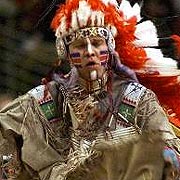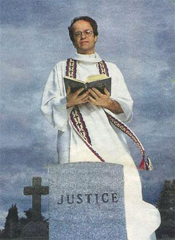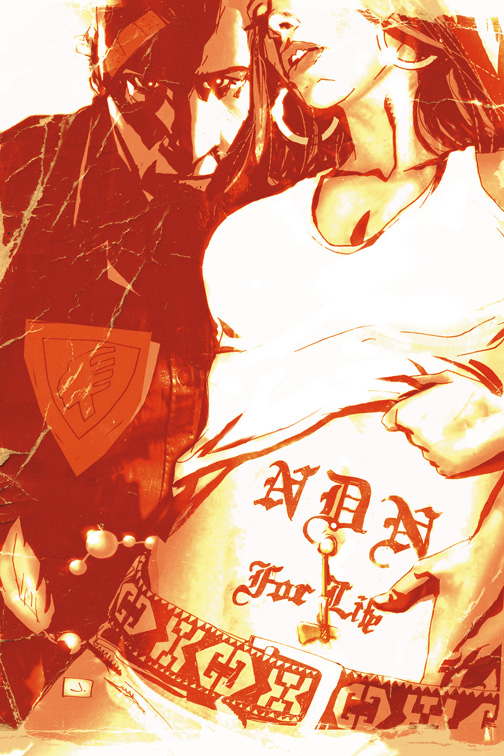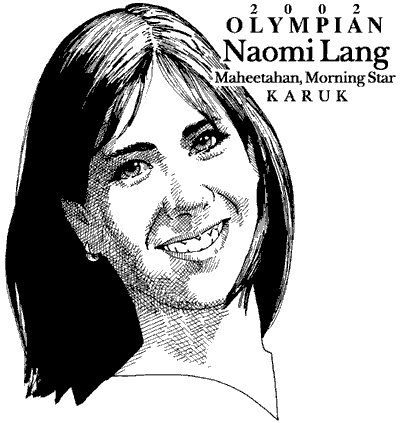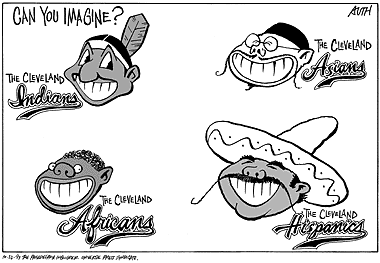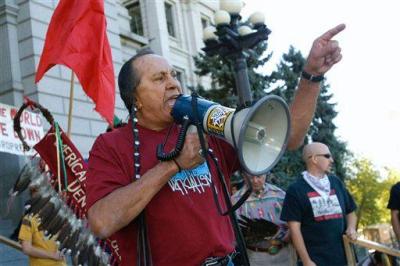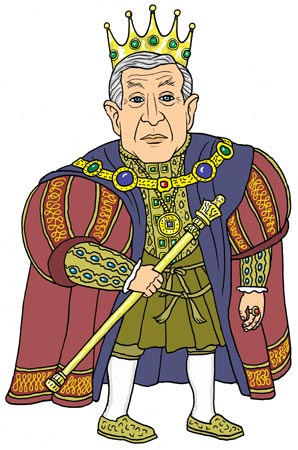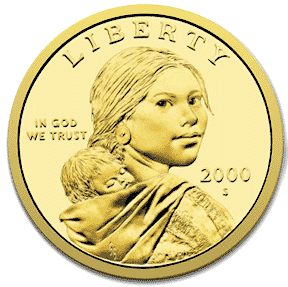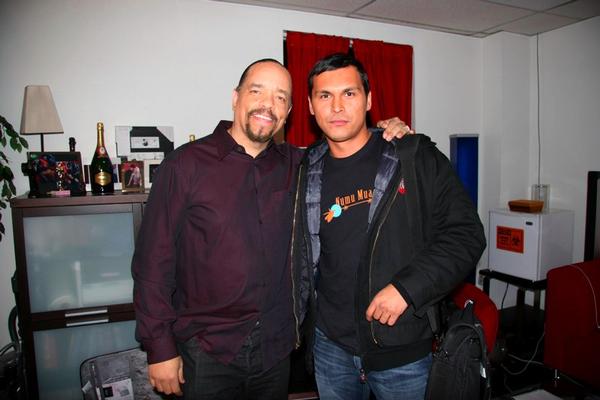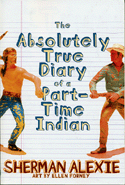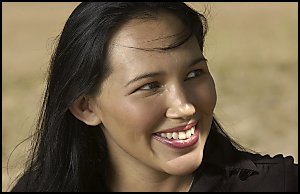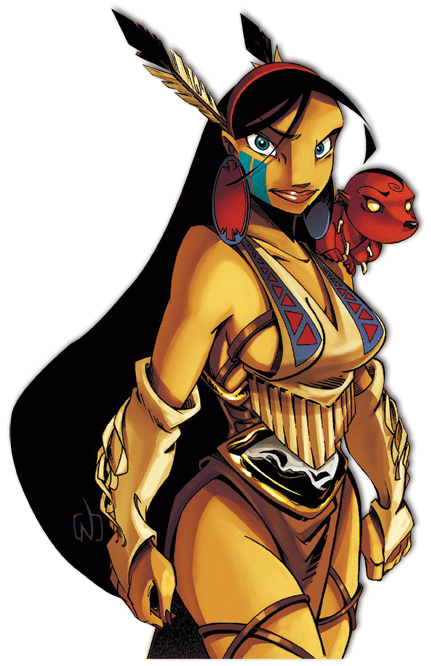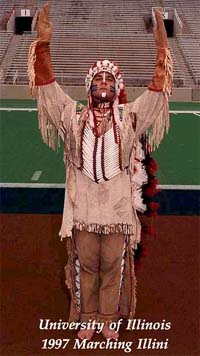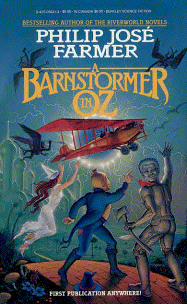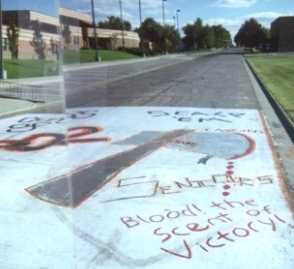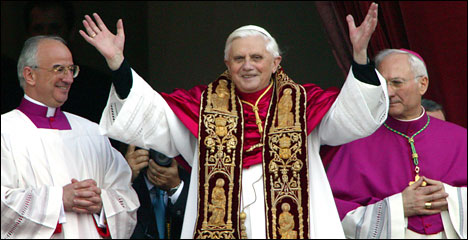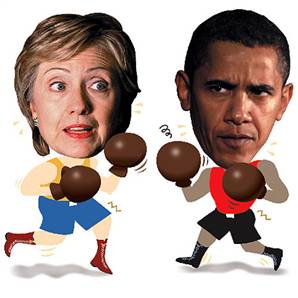In News Tribune Country, we pay attention to languageThe page proof used the term Indian Country, which recalled the thoughtful e-mail that began that previous correspondence.
“I find it astonishing that you would allow your editors, reporters and writers to use the seriously out-dated term ‘American Indian’ versus ‘Native American,’” he said, referring to a story in mid-April about Nisqually Tribe members teaching tribal songs and dances to public school students.
“We don’t see headlines saying Barack Obama attended a ‘colored’ or ‘Negro’ church,” he continued. “American Indian was considered old and even insulting as far back as the ’80s. A change would help the News Tribune seem more modern and in touch.”
The writer said he has a friend who’s a member of a Northwest tribe. He said that although she wasn’t offended at the term American Indian she thought most members of her tribe would be.Why the "thoughtful e-mail" was dead wrong:
We use the term American Indian for several reasons. One, it’s what the federal government uses (the Bureau of Indian Affairs, for example) and it’s the legal term used in most treaties and contracts.
Two, it’s what The Associated Press Stylebook (the Bible for language usage by most of the news media) uses. The stylebook also allows use of the term Native American when used by a speaker or in the name of an organization. Most all news copy comes to us using American Indian.
There’s also common usage. The Smithsonian named its relatively new museum the National Museum of the American Indian. Russell Means, the famous Indian activist, has been quoted as saying he prefers the term Indian and abhors the term Native American.
Means is not alone. A Census Bureau survey (1995) showed more Indians preferred the term Indian (50 percent) to Native American (37 percent). And journalist Charles C. Mann noted in the appendix to his 2005 best-seller, “1491: New Revelations of the Americas Before Columbus,” that virtually all the native people he met in researching the book referred to themselves as Indians.Comment: Forget the NMAI. We probably could find 100,000 tribal, governmental, and nonprofit organizations named for Indians. And forget Charles Mann. Anyone who knows Indians knows they call themselves Indians.
Really, how ignorant do you have to be
not to have heard of the American Indian Movement, the American Indian College Fund, the National Congress of American Indians, the National Indian Gaming Association, or the Indian Country Today newspaper? Indian, Indian, Indian, Indian, Indian.
And what about the dozens of tribes whose name includes the word "Indian"? For instance:
Absentee-Shawnee Tribe of Indians
Agua Caliente Band of Cahuilla Indians
Ak Chin Indian Community
Alturas Indian Rancheria
Aroostook Band of Micmac Indians
Augustine Band of Cahuilla Mission Indians
Bad River Band of the Lake Superior Tribe of Chippewa Indians
Bay Mills Indian Community
Berry Creek Rancheria of Maidu Indians
Big Sandy Rancheria of Mono Indians
Big Valley Band of Pomo Indians
Bridgeport Paiute Indian Colony
Buena Vista Rancheria of Me-Wuk Indians
Cabazon Band of Cahuilla Mission Indians
Cachil DeHe Band of Wintun Indians
Caddo Indian Tribe
Cahuilla Band of Mission Indians
Cahto Indian Tribe of the Laytonville Rancheria
Campo Band of Diegueno Mission Indians
Capitan Grande Band of Diegueno Mission Indians
Barona Band of Mission Indians
Catawba Indian Nation
Chemehuevi Indian Tribe
Cher-Ae Heights Indian Community of the Trinidad Rancheria
Chicken Ranch Rancheria of Me-Wuk Indians
Chippewa-Cree Indians of the Rocky Boy's Reservation
Cloverdale Rancheria of Pomo Indians
Cold Springs Rancheria of Mono Indians
Colorado River Indian Tribes
Cortina Indian Rancheria of Wintun Indians
Cow Creek Band of Umpqua Indians
Cowlitz Indian Tribe
Coyote Valley Band of Pomo Indians
And that's only the A-C portion of the alphabet.
Did anyone tell these Indians that they've erroneously called themselves "Indians"? Is it just a coincidence that not a single Indian tribe has the term "Native American" in its name? No.
In short, it would be more correct to call the "thoughtful" e-mail thoughtless. The e-mailer didn't have a clue what's acceptable or unacceptable in Indian country (not "Native American country").
For more on the subject, see
"Indian" vs. "Native American."

